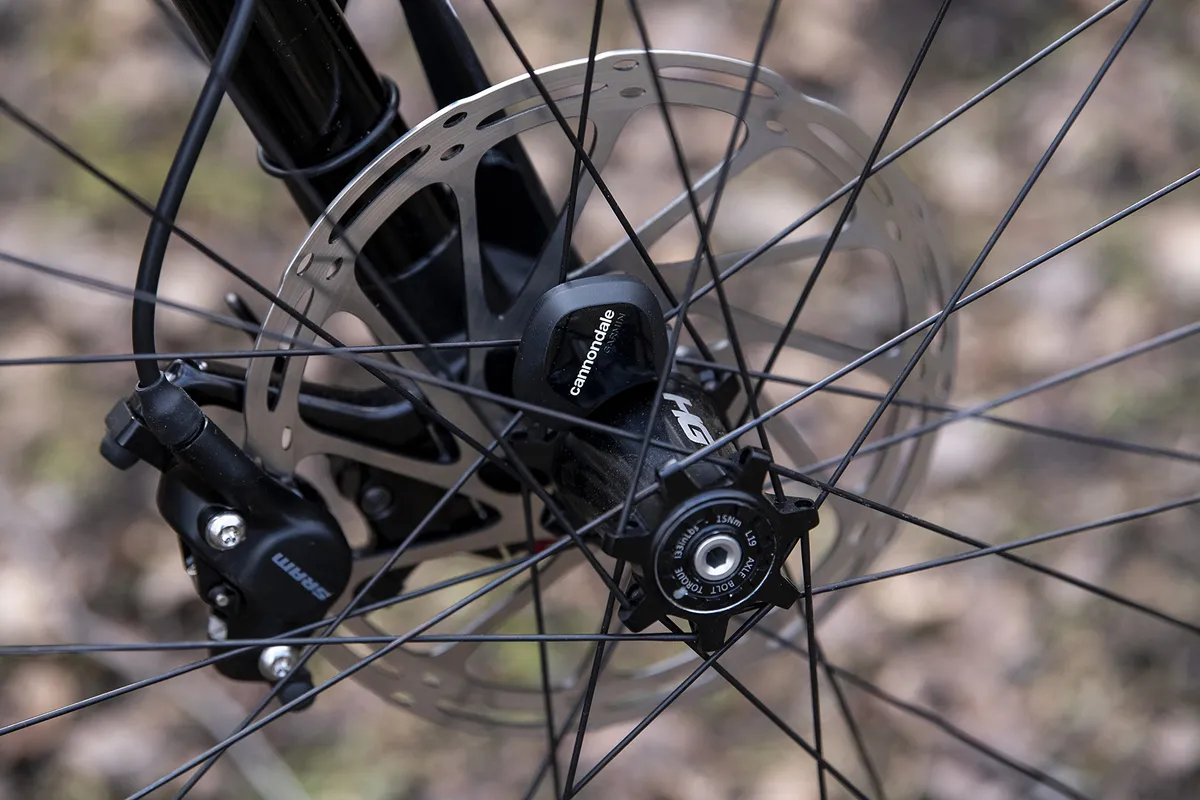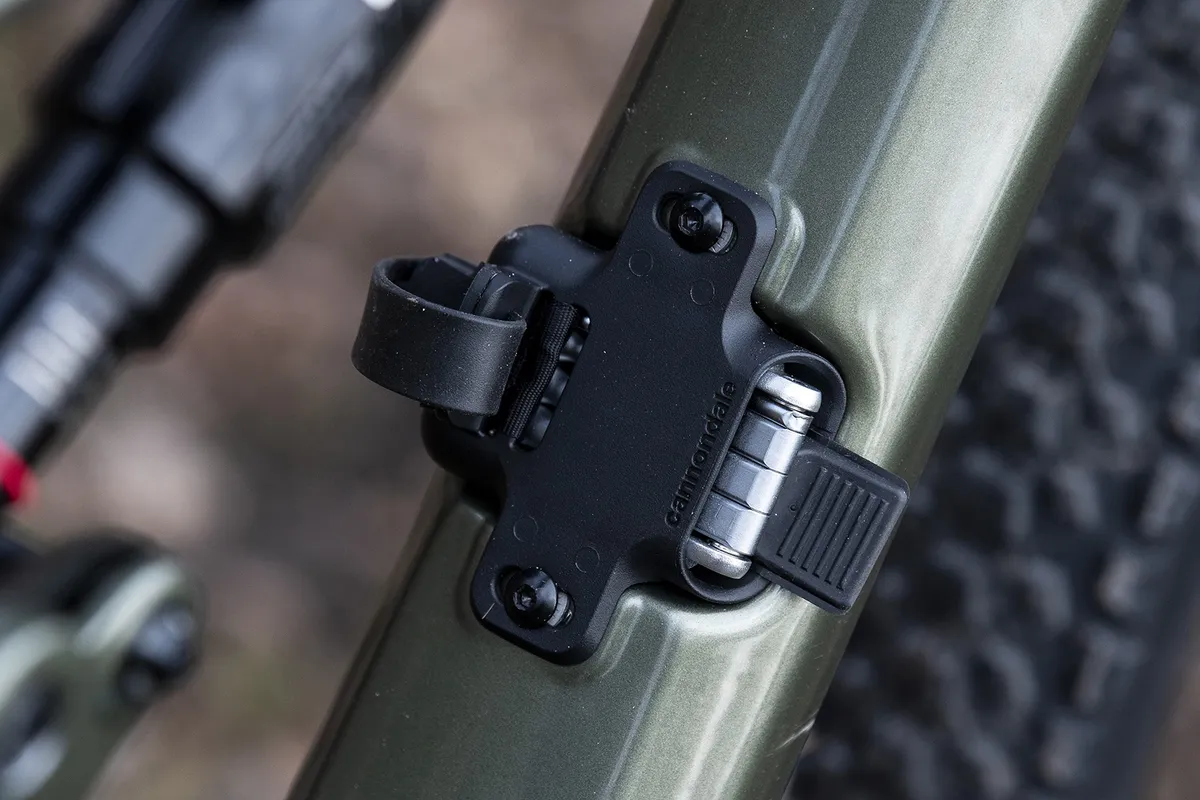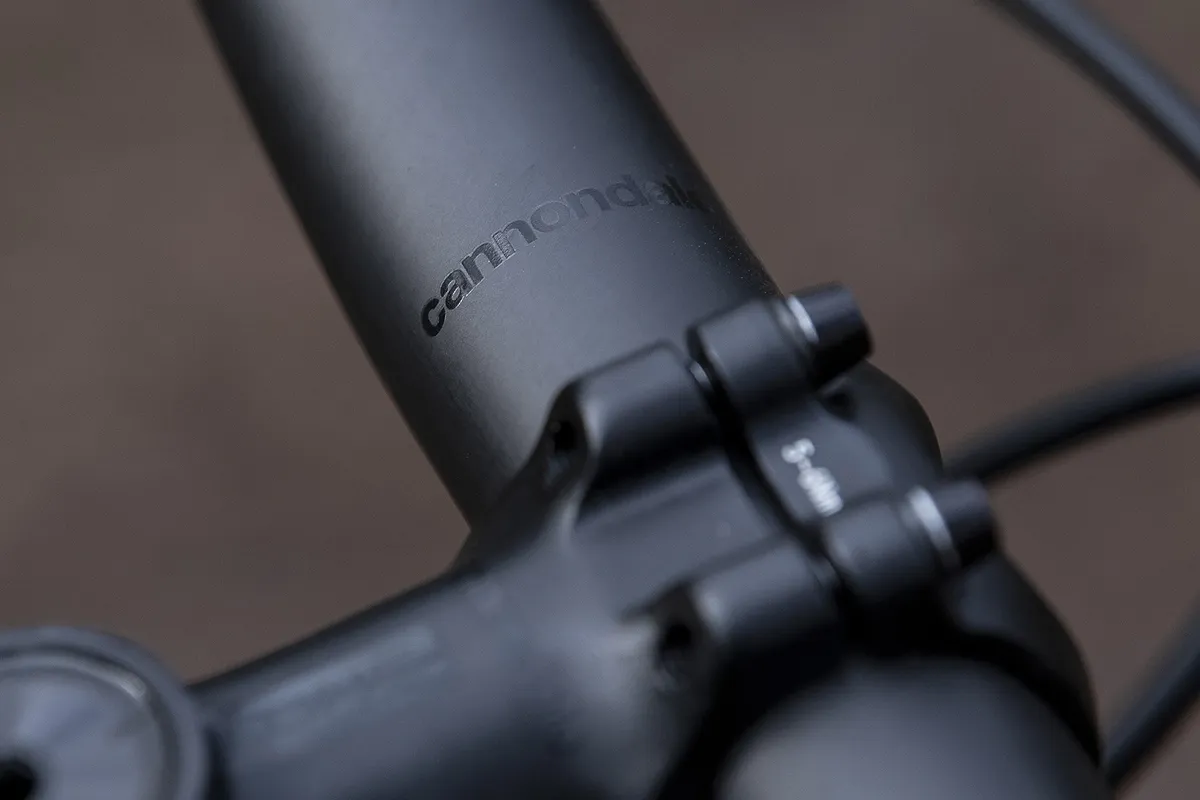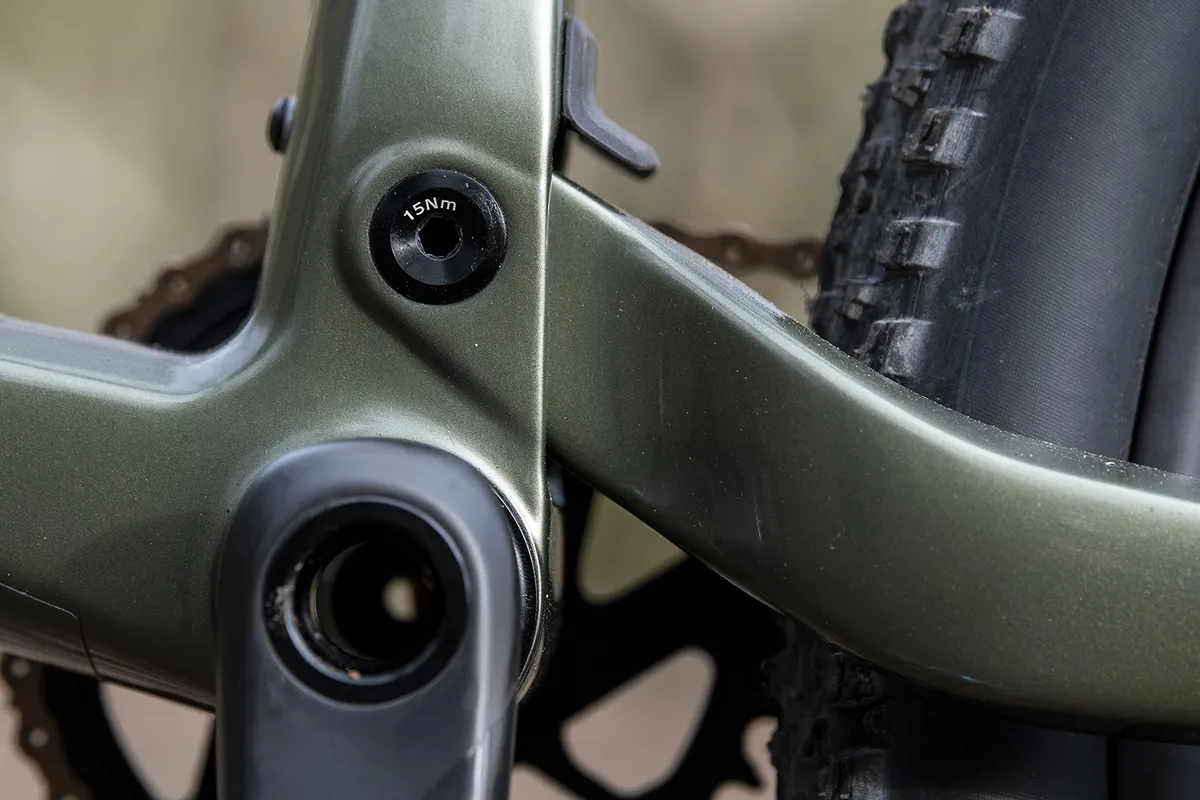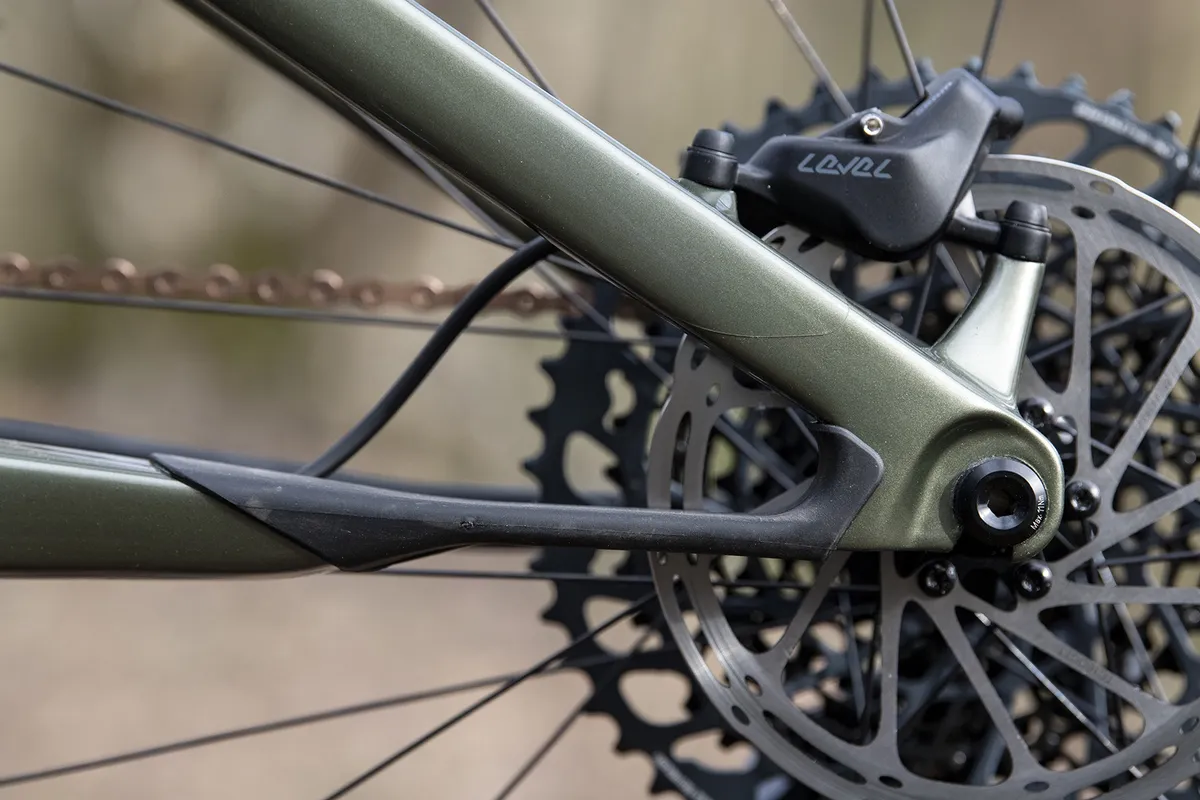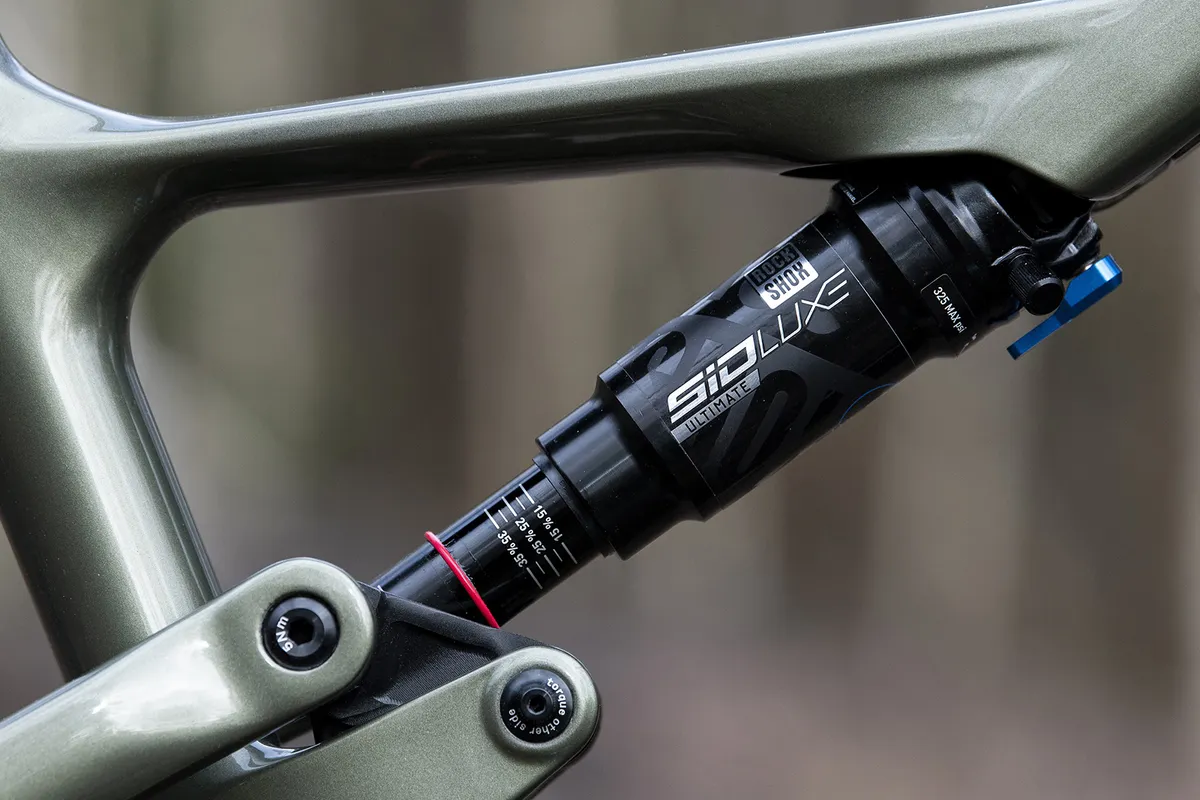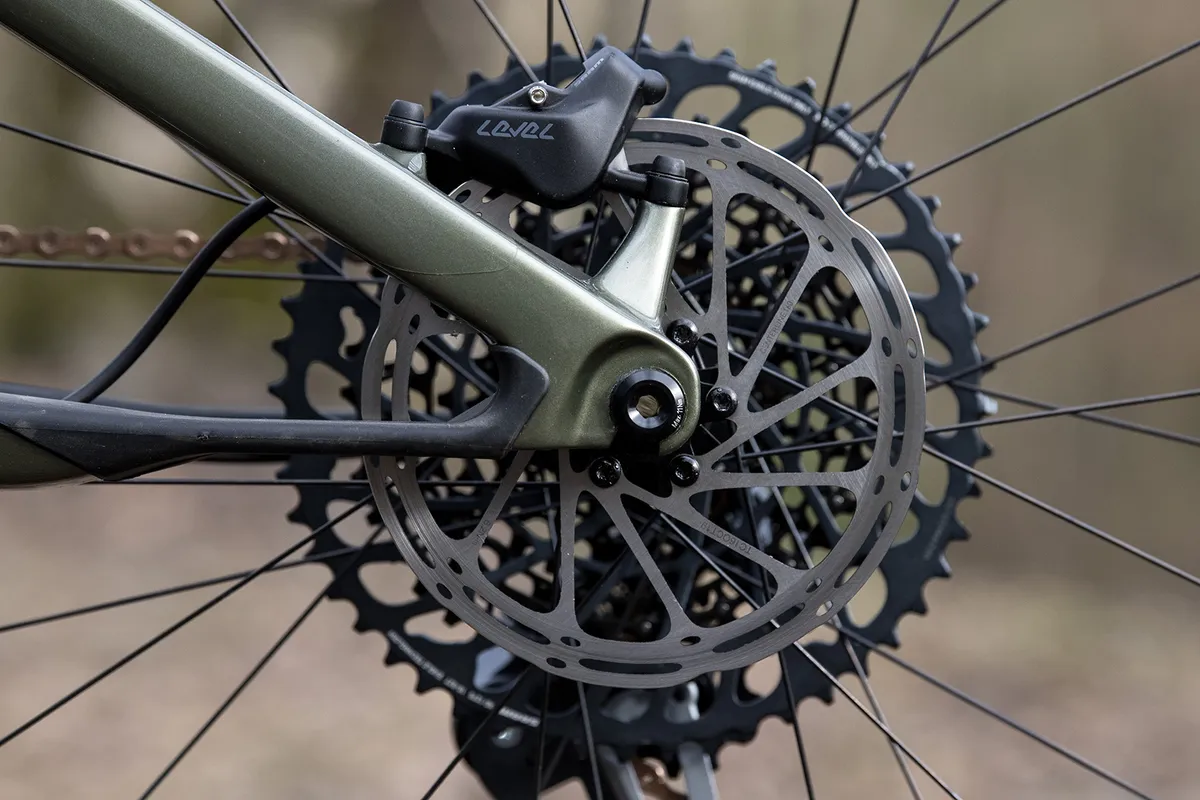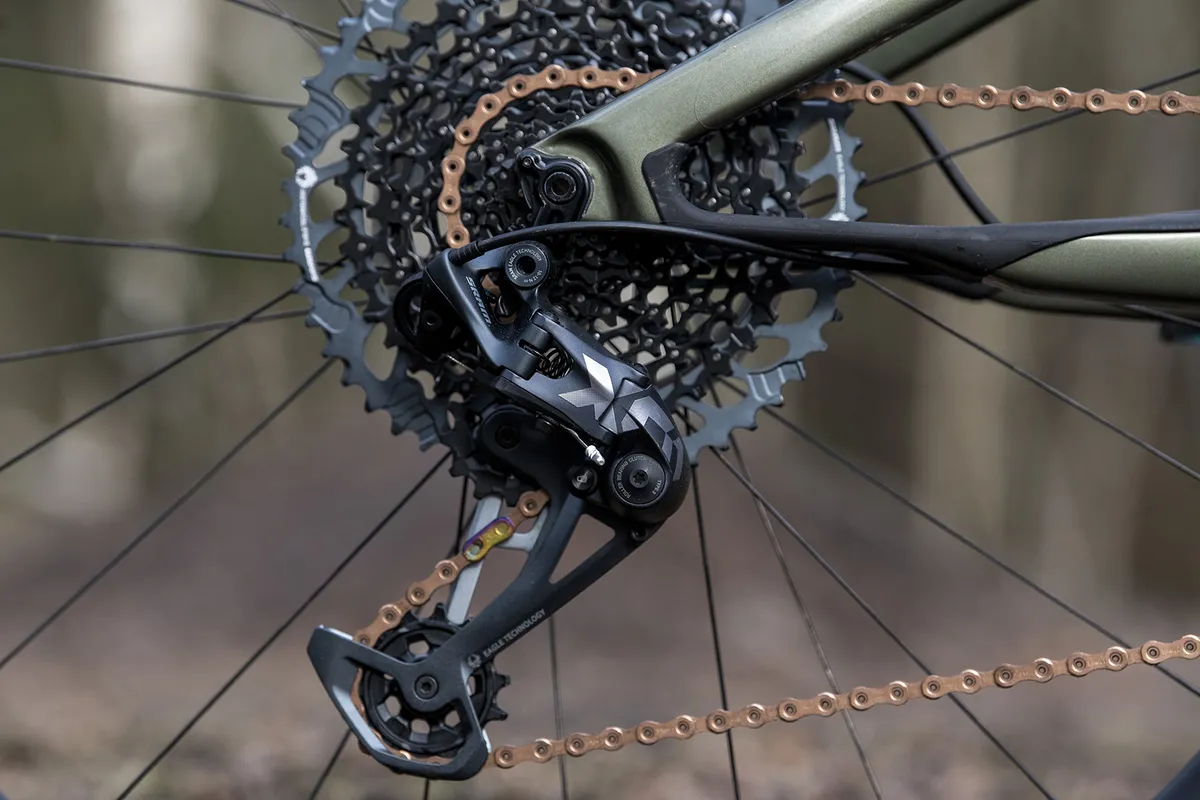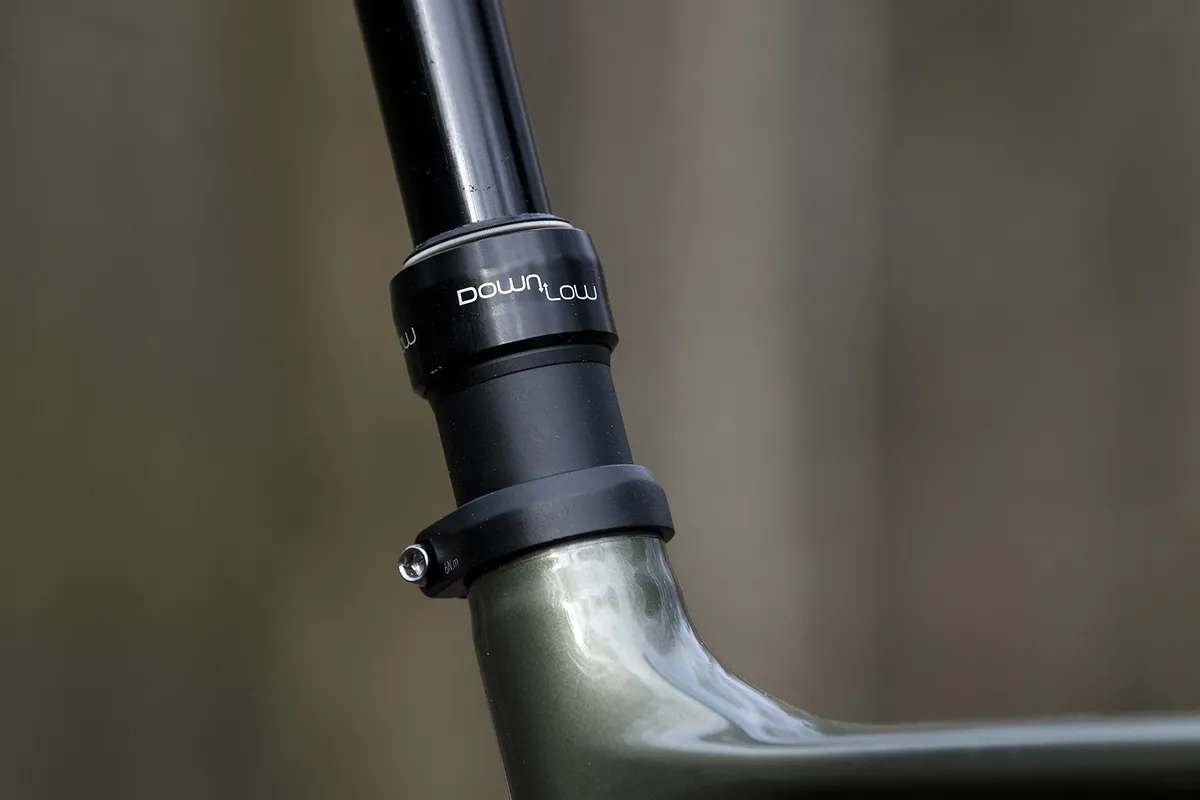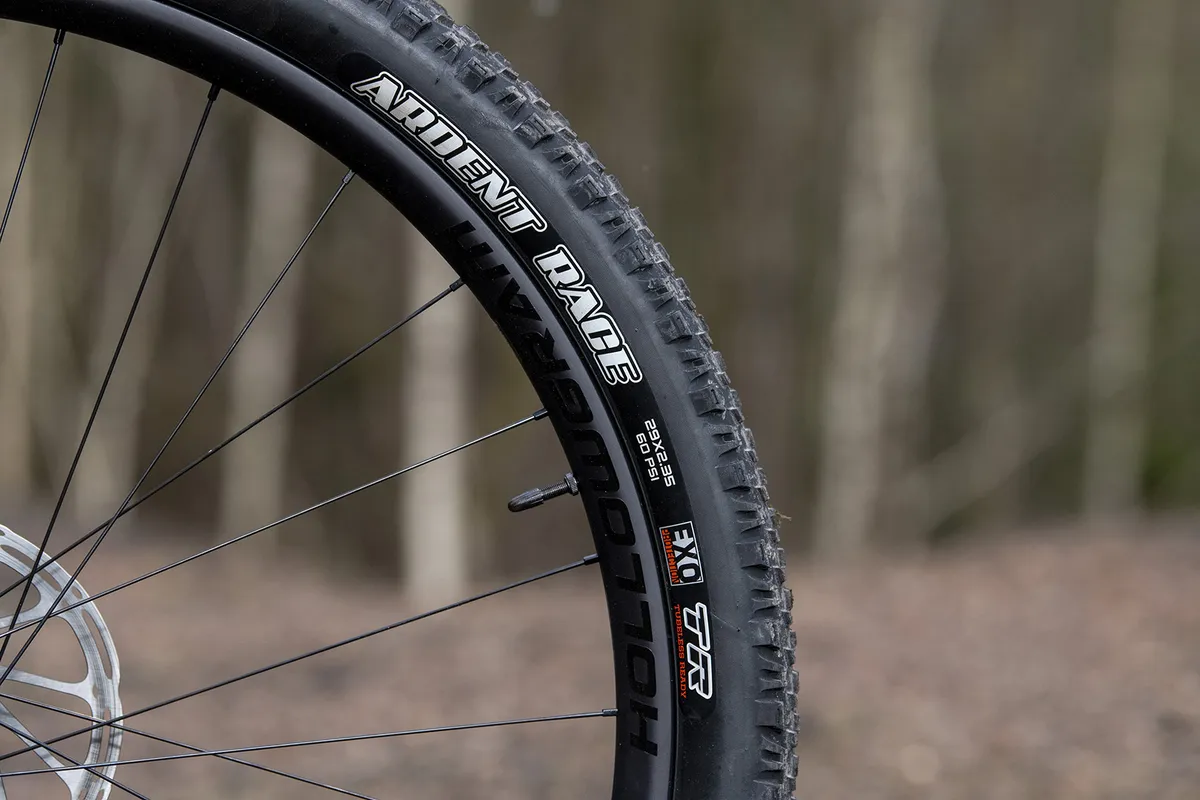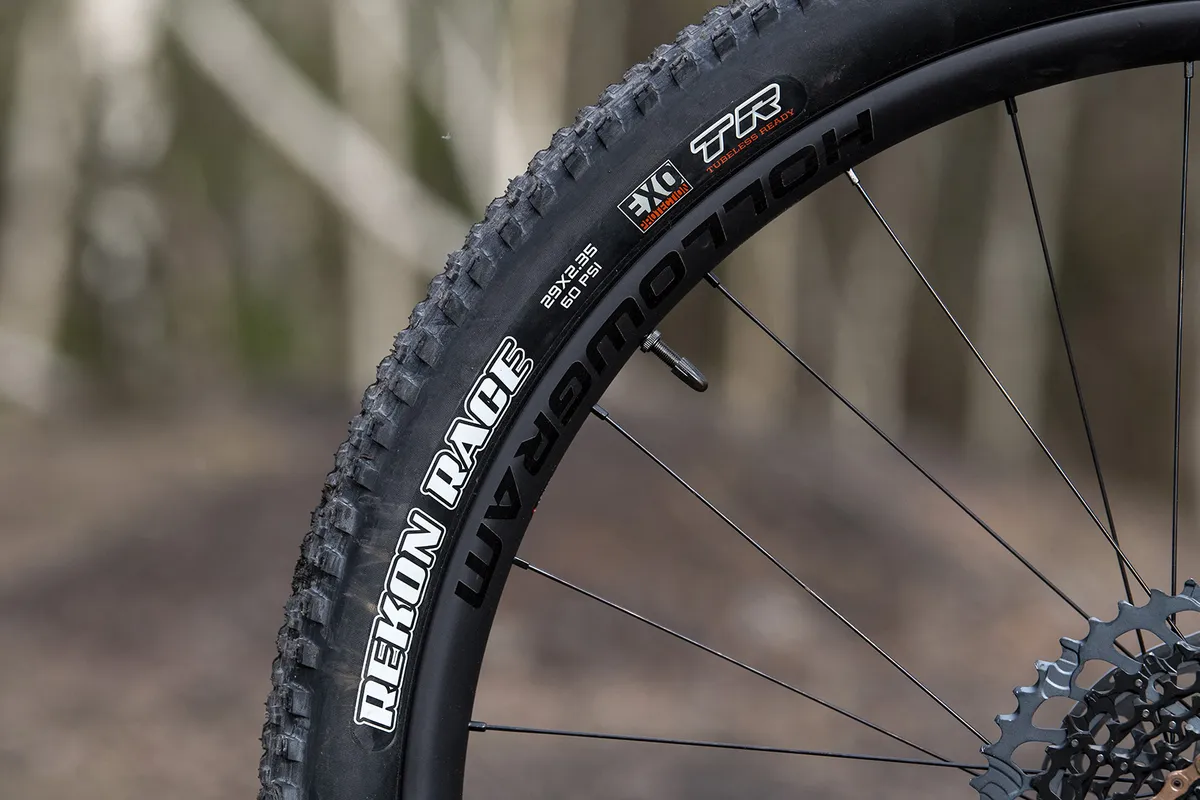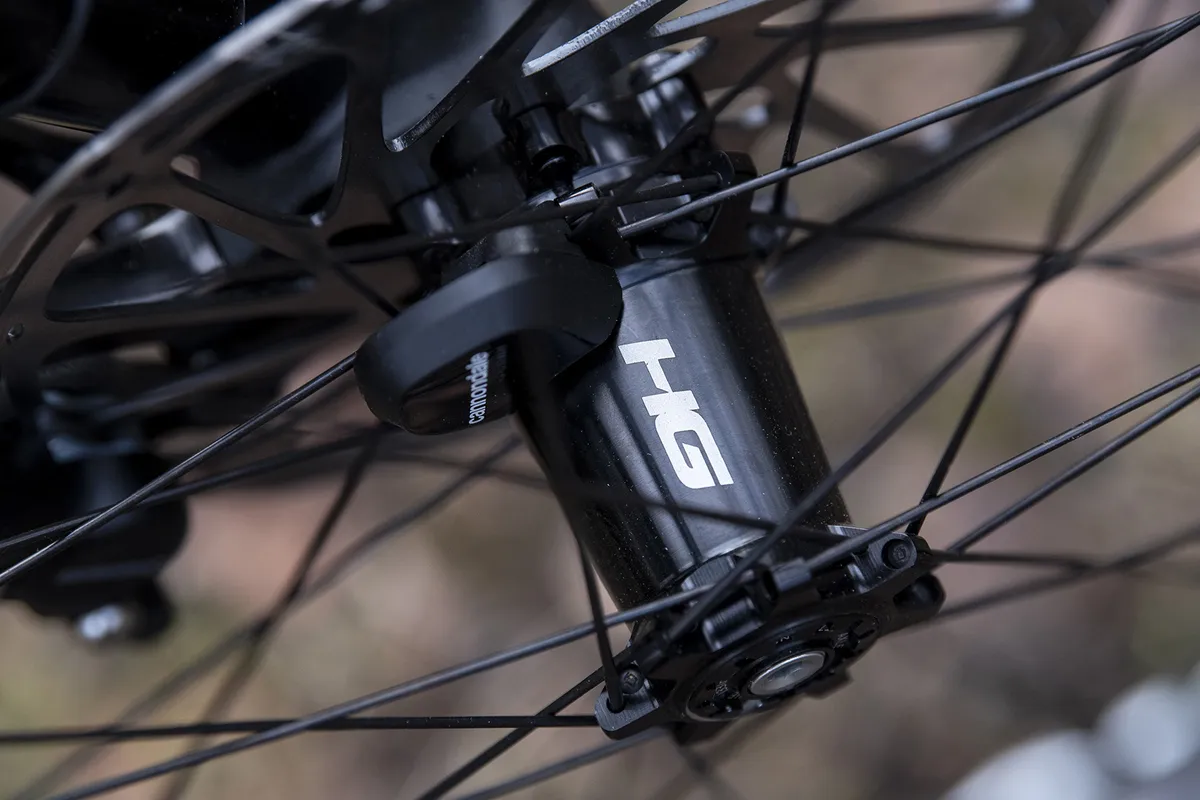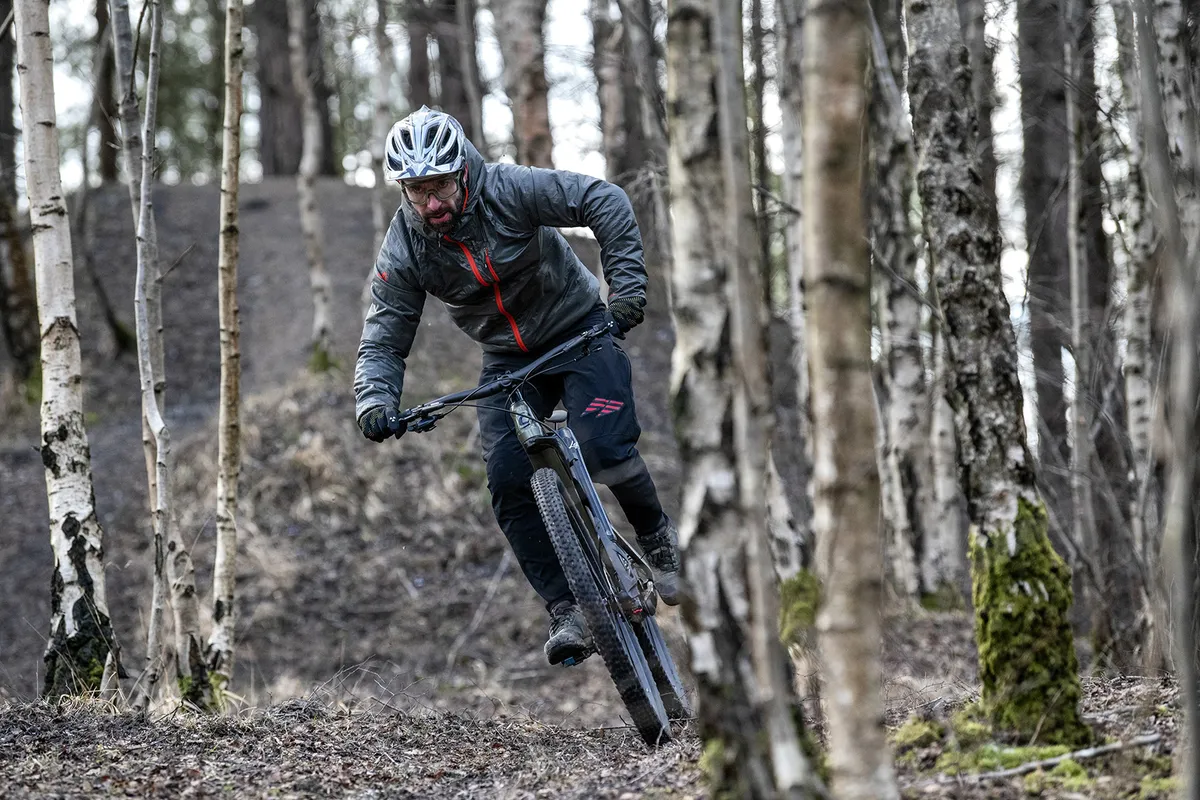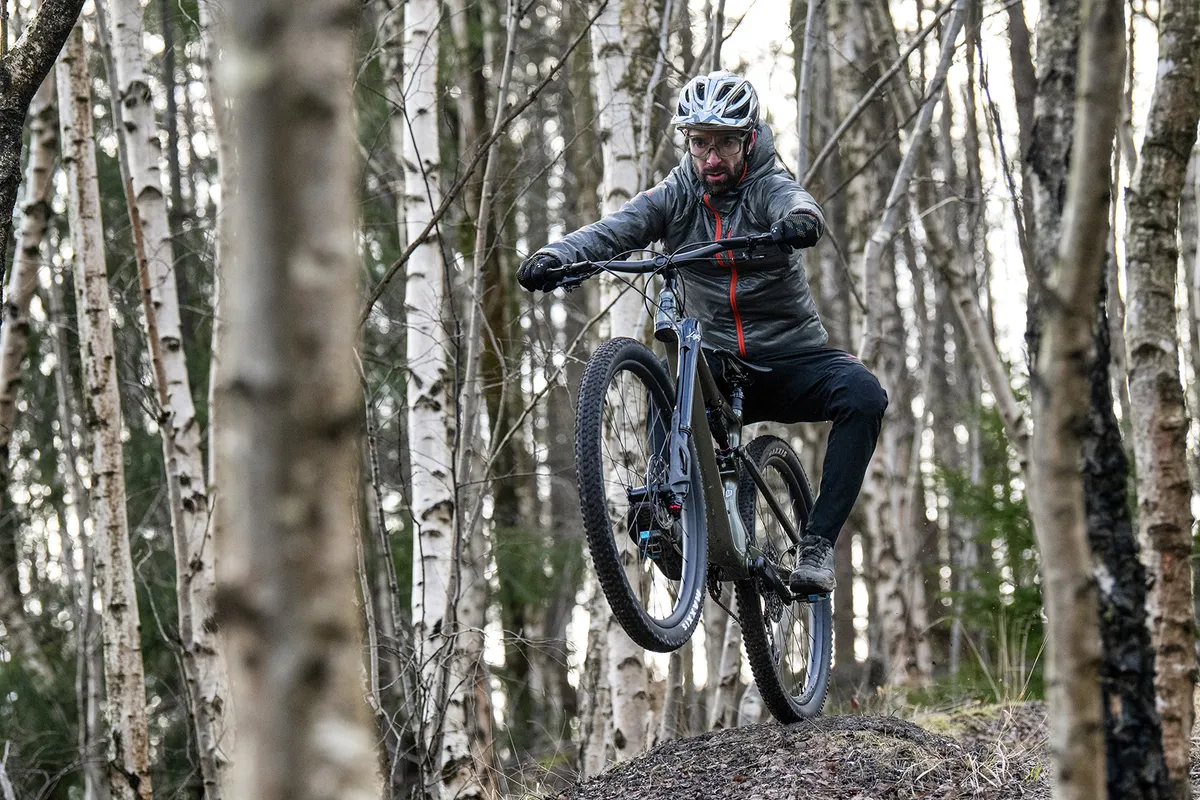Cannondale’s Lefty Ocho is the brand's eighth iteration of its single-leg suspension fork, which launched back in 2018 – read all about here.
In short, the Lefty Ocho is a significantly important fork for Cannondale, having moved from the dual-crown design and to a regular tapered steerer (1.125 to 1.5in), making it fit pretty much any cross-country bike out there.
After launching the all-new 2021 Scalpel and Scalpel SE close to a year ago now, many will have noticed that while the race-focused Scalpel comes equipped with the inverted, single-sided Lefty Ocho, the Scalpel SE – Cannondale’s beefed up, more trail focused ‘downcountry’ machine’ – only sports a regular 120mm fork. That’s all set to change though.
Five things you need to know about the new Lefty Ocho 120 fork
- The new Lefty Ocho 120 has 120mm of travel and features a stiffer chassis to better handle abuse
- There’s currently only a carbon (upper) option (the standard Lefty Ocho comes in either carbon or alloy), which will be available on the Scalpel SE LTD (£6,999) or to buy separately for €1,599
- Cannondale is offering either remote or crown-mounted lockout options
- The Lefty Ocho is designed to work with a 29in wheel and has a 50mm offset
- Claimed weight for the new Lefty Ocho 120 is an impressive 1,550g
Cannondale Lefty Ocho 120 fork details
In a bid to better deliver the 120mm on offer from this new Lefty Ocho fork, Cannondale has strengthened the Ocho’s chassis to make it stiffer and more capable of handling a thrashing or, as Cannondale puts it, for “harder charging”.
Just like the Ocho 100, the Ocho 120 continues to use the same single leg design and cycles up and down on a triangulated roller-bearing assembly.
The roller-bearing assembly is held together by the Delta Cage – a lightweight plastic retaining cage – which helps to lower friction and ensures the bearing assemblies move together and not independently of one another.
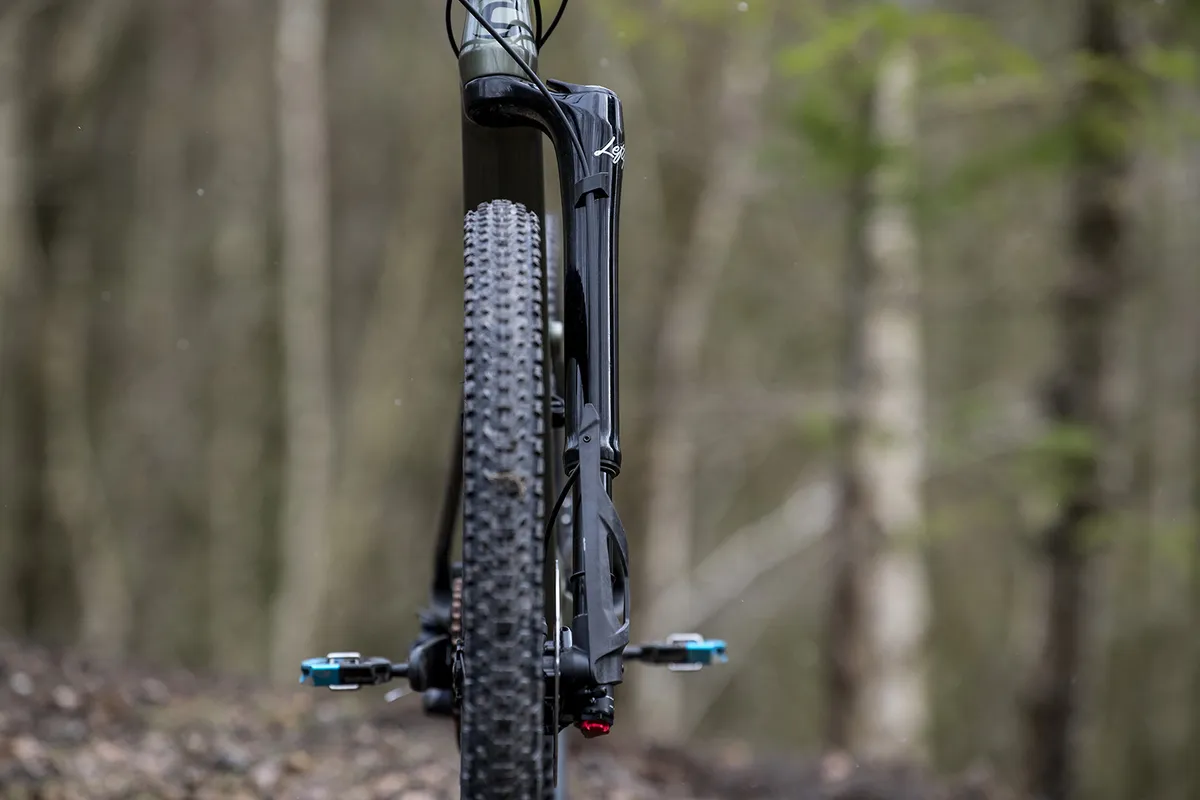
This is unlike a traditional suspension fork where hard anodised-coated stanchions move through a slippery nylon bushing as the fork compresses and extends.
The bushing and stanchion rely on oil for lubrication to avoid wear and tear, and create a smooth movement. The size tolerances of both the bushing and stanchion’s diameters need to be spot-on for there to be no stiction (if it’s too tight) or play (if it’s too loose). The Lefty Ocho hopes to overcome these problems with its needle roller bearings.
It is, in part, thanks to this triangulated internal arrangement – and the fork axle being part of the fork rather than an entirely separate entity (though it does require a dedicated hub to work) – that Cannondale has been able to create an inverted fork, which comes with all sorts of benefits including better seal lubrication compared to a standard fork, that’s incredibly stiff on the trail.
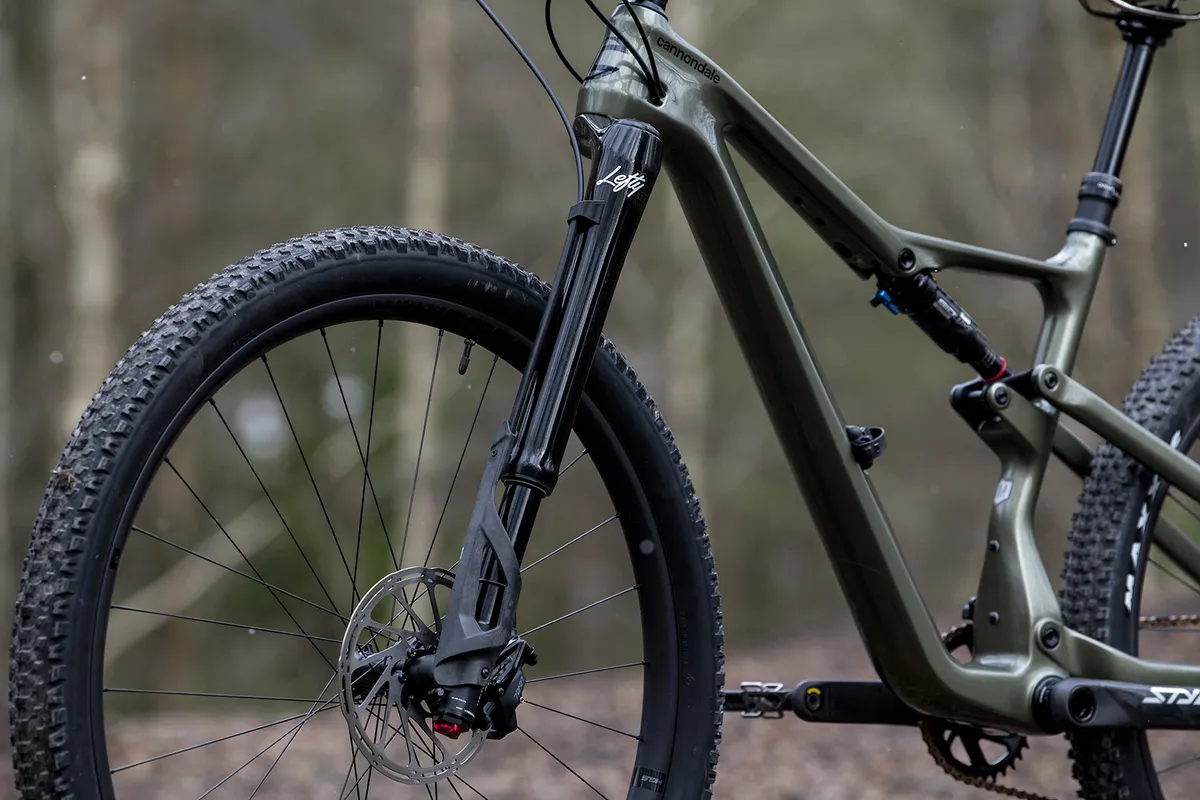
As it stands, Cannondale is only offering the Ocho 120 in carbon (which is used to construct the upper part of the fork), with no alloy option available yet.
To increase the stiffness, Cannondale has bulked up the upper structure, which, all in, adds around a claimed 60g when compared to the 100mm travel version of the fork.
The lower leg has had more material added to make it stiffer too, and as a result has a smaller internal diameter air chamber.
Cannondale has also tweaked a number of things with the air spring, including adding a new piston (mainly to account for the change in lower leg diameter), a new top-out bumper and main o-ring. It's also shifted the air transfer dimple position, which is used to equalise the pressure between the positive and negative air chambers. Cannondale has switched to a new type of bushing, too.
All of this will have an effect on how the Ocho 120 feels on the trail.
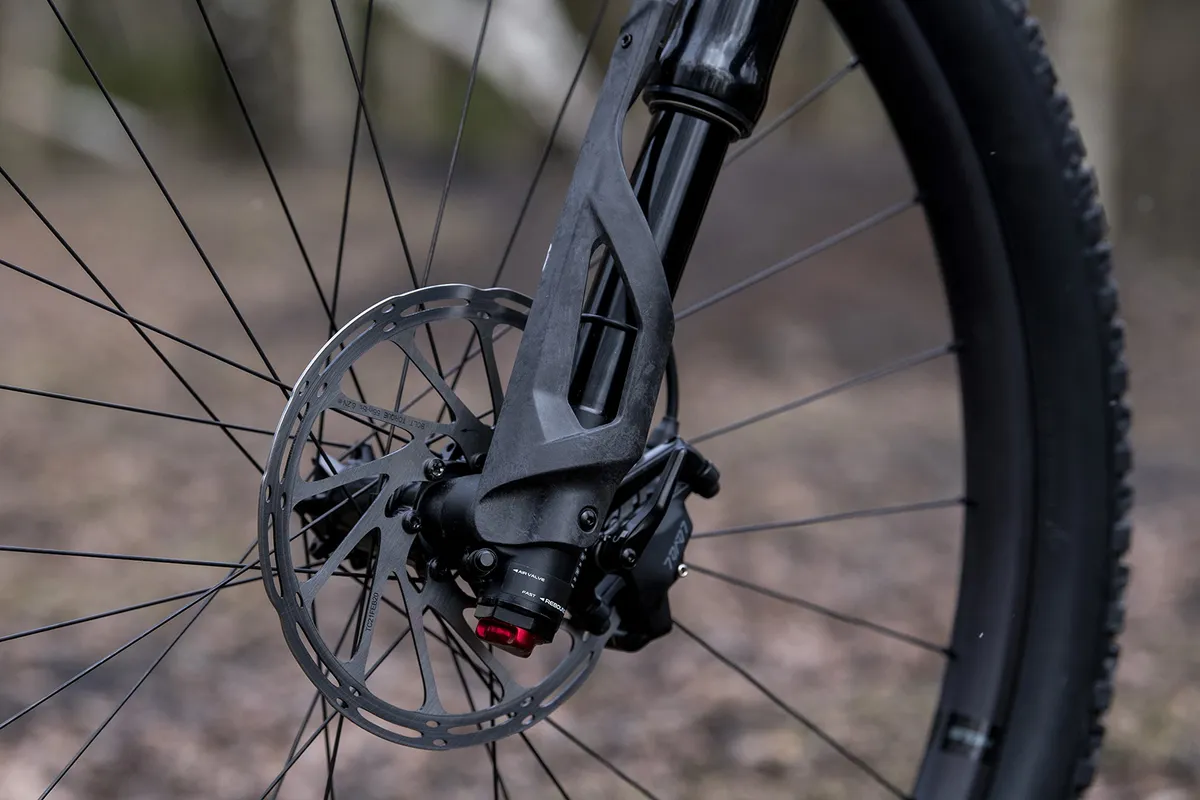
You can still tune the air spring using Cannondale’s ‘Ramp Clamp’ volume spacers, which will help tune how progressive the Ocho feels in use.
The carrier upon which the clamps/spacers sit is longer than on the 100mm version of the fork and will take a maximum of six spacers in all. Cannondale says the fork comes with four pre-installed as standard.
As this is still a fork aimed at being bolted on a bike ready to munch the miles, efficiency continues to be paramount. Cast an eye down towards the top of the Ocho 120’s crown and you’ll see the new crown-mounted lockout.
This features an indexed dial at its centre that allows you to tune low-speed compression damping, while the lever that surrounds it let’s you quickly and easily flick the fork from fully active to completely locked out.
There is also a bar-mounted remote option if you prefer. This new lockout dial can be retrofitted to the Ocho 100 fork and will be available from April 2021.
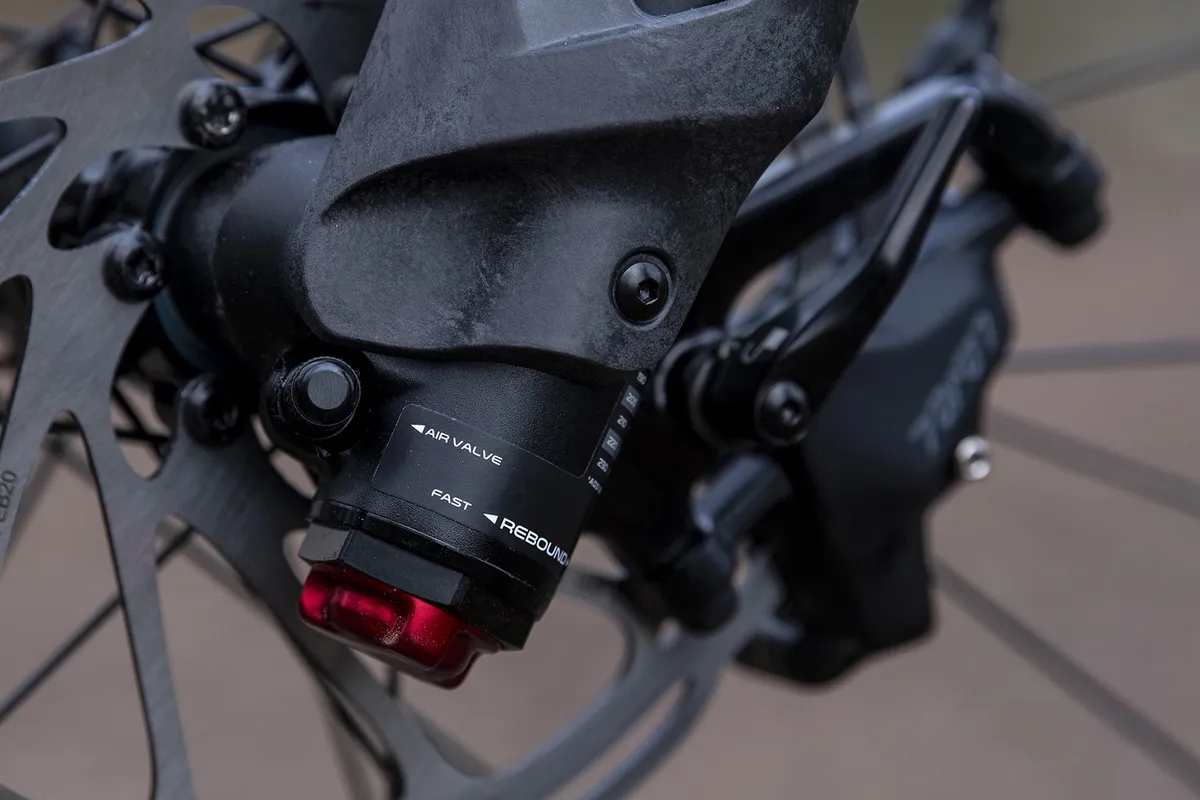
At the base of the leg you’ll find the large rebound damping adjuster dial and the easy to reach air valve head for adjusting the fork’s spring pressure.
To help protect the exposed lower leg, Cannondale includes a nifty GuideGuard which even comes with sag percentages marked on it to help fine-tune set up.
The new Ocho 120 has just one 50mm offset option and is designed to be used with 29in wheels. Cannondale says that this new fork is around 3mm longer than the 100mm version overall.
While removing the wheel may look intimidating, thanks to the Stop Lock brake mount and quick-release lever, it takes just a matter of seconds to do – though you’ll need a 5mm Allen key to remove the wheel from the integrated axle.
Cannondale Scalpel SE LTD frame details
If the Scalpel SE LTD frame looks familiar that’s because it isn’t new. In fact, it’s identical to the bike that Tom tested last year.
That means the suspension layout and kinematic (which is tuned for each size of the bike) has remained the same and continues to use Cannondale’s FlexPivot – the heavily shaped chainstays allow the back end to flex, rather than use pivots placed close to the rear wheel axle.
To match the Lefty Ocho 120 fork up front, there’s 120mm of travel at the rear – the standard Scalpel has 100mm of travel with a shorter stroke rear shock.
Other neat frame details include the Stash Kit, which is discreetly built into the down tube and can store a C02 canister, an eight function multi-tool and a tubeless repair kit. A bottle cage can then bolt on top of this, but there’s a second set of bottle bosses on the seat tube as well.
If you look to the front wheel, you should spot a sensor that's very close to the hub. This is the Cannondale Connected sensor which was built alongside Garmin and can be easily connected to your smartphone. It’ll provide all your ride data and can be used to log service history and intervals along the way. Nice.
The Scalpel SE LTD comes in four different frame sizes, with the medium sporting a relatively conservative reach of 430mm (the Mondraker F-Podium DC has a reach of 450mm, for example), a decently slack 67-degree head angle and a 74-degree effective seat angle.
Cannondale Scalpel SE LTD spec and pricing
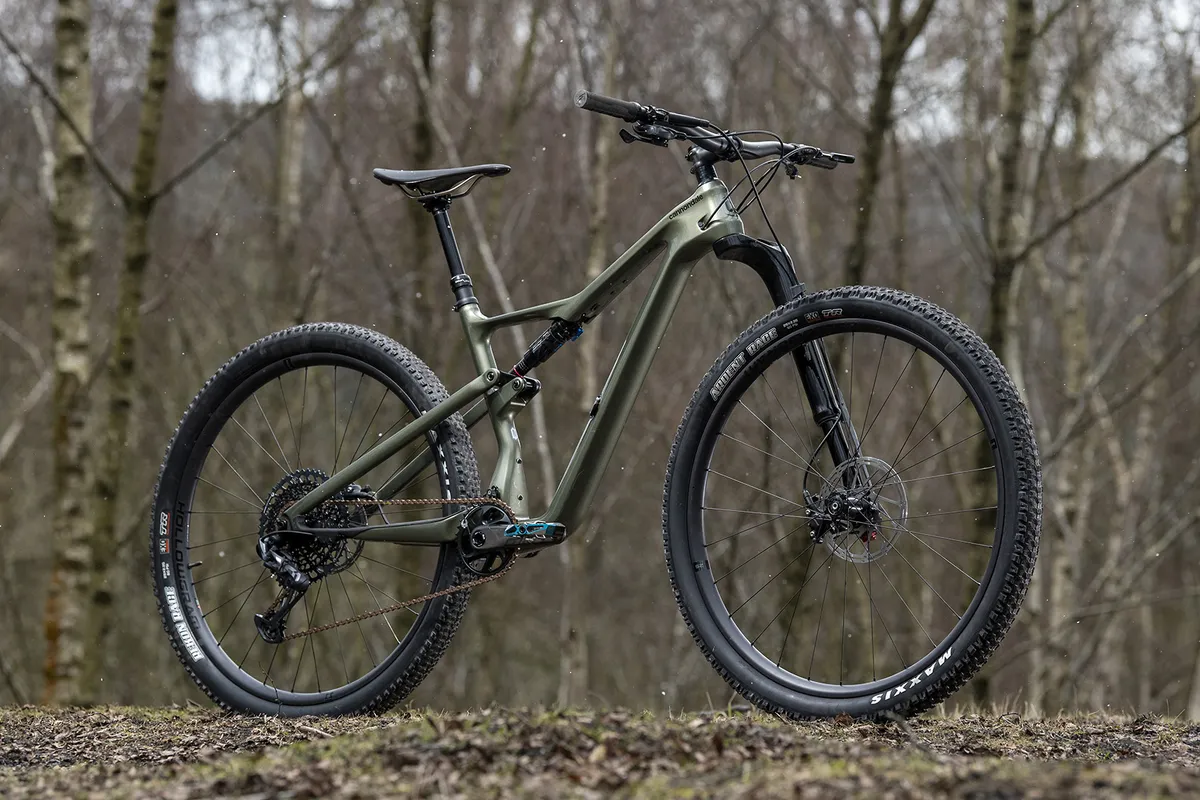
The Scalpel SE LTD certainly isn’t cheap at £6,999, but does come with some tasty kit bolted on.
First and foremost there’s the Lefty Ocho 120 up front, but taking care of bump-eating duties at the rear is a RockShox SID Ultimate shock.
SRAM takes care of gearing with its X01 Eagle 12-speed transmission. It also provides the brakes in the shape of its Level TLM stoppers.
Cannondale provides its own carbon bar and carbon wheels (HollowGram 25 rims), which are wrapped in a Maxxis Ardent Race tyre up front and a Rekon Race at the rear.
It also comes with Cannondale's DownLow dropper post.
Cannondale Scalpel SE LTD with Lefty Ocho 120 first ride impressions
I’ve managed just one decent ride aboard the new Scalpel SE LTD so far, but as Tom’s covered the Scalpel and Scalpel SE already, I’ll try and stick to my initial impressions of the new fork.
The Ocho 120 is easy to set up and feels smooth from the get-go, dropping into the initial part of its travel very easily. This helps to keep the Ocho 120 nicely active over smaller chatter.
It’s hard to say whether it’s as sensitive as the latest RockShox SID fork, but I was certainly impressed by the amount of traction it managed to maintain, especially considering the low-treaded front tyre that comes as standard.
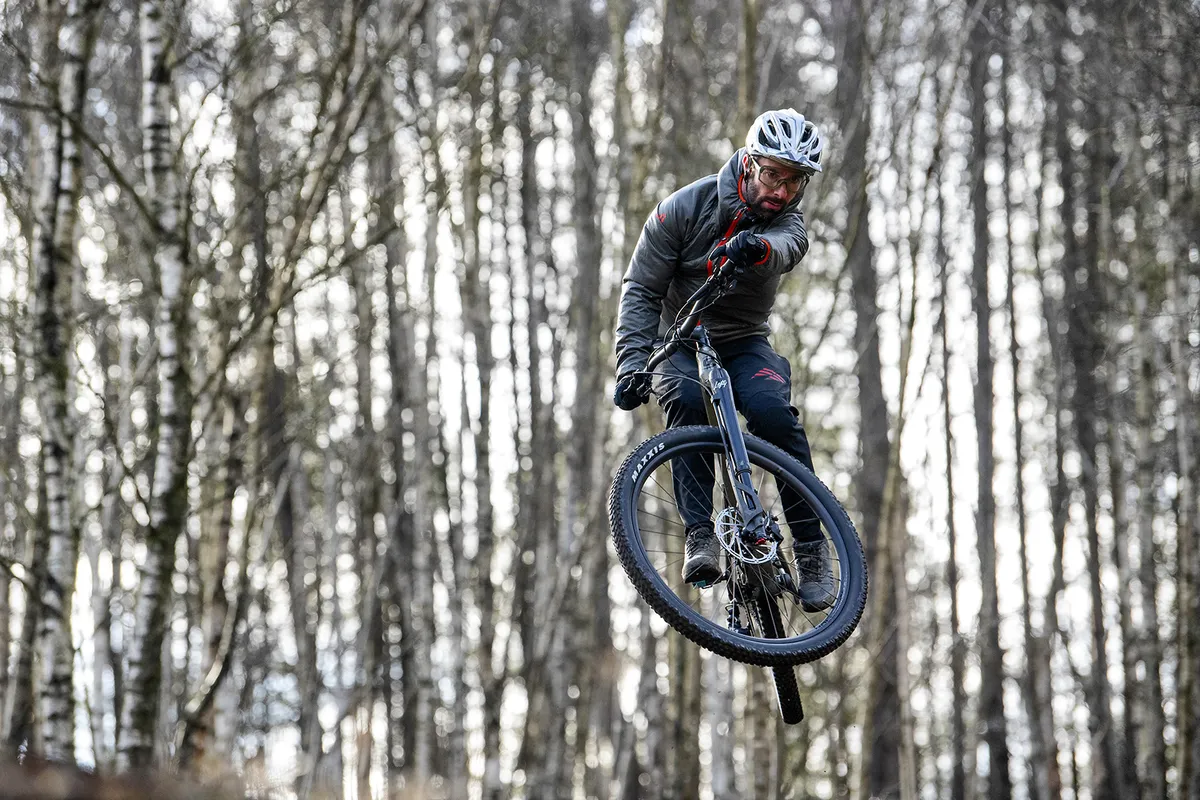
I added just a few clicks of low-speed compression damping to the fork and although things remained supple, I was impressed by how well it sat up in its travel when riding more challenging terrain and maintained its ride height, all while soaking up the bumps in a controlled manner.
When pushing the bike a little harder I did bottom-out the Ocho 120 on two occasions, so would be tempted to add a couple more volume spacers in order to firm up the end of the fork’s stroke.
The crown-top adjuster dial is easy to use and I had no issues reaching the lockout lever while riding. It’s a plus that it features such a positive ‘click’ when engaging/disengaging the lockout so you can both feel and hear whether or not you’ve toggled the lever fully or far enough.
Once locked out, the Ocho 120 is really firm and doesn’t budge when out of the saddle sprinting.
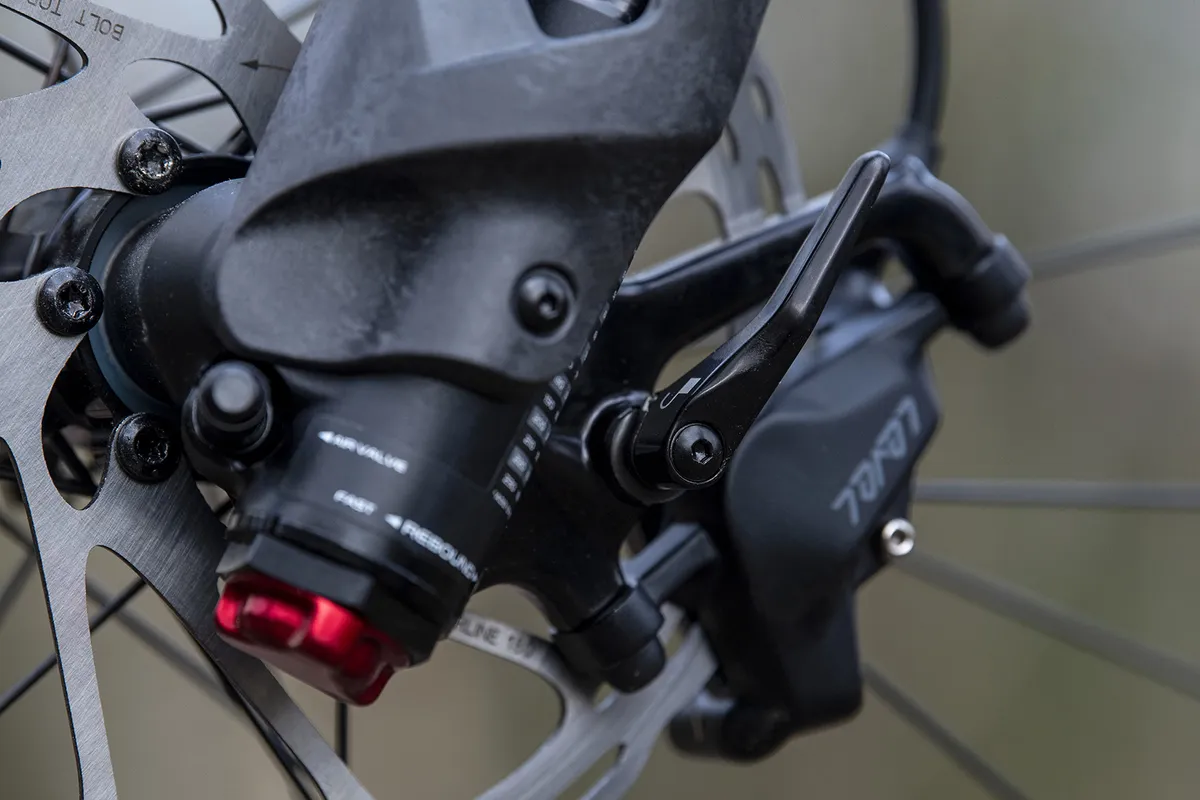
Are there any major downsides to the Ocho 120? It’s hard to say in such a short amount of time.
Removing the front wheel is actually a doddle, even compared to a standard thru-axle quick-release system (hats off to Cannondale there).
I did notice some cable rattle, especially at slower speeds, which was a little irritating at times, but less of an issue when speeds picked up and the trail required more concentration.
In terms of suspension performance and stiffness, though, the new fork is really impressive and I’m keen to spend more time on it soon.
As for the Scalpel SE LTD, the bike feels impressively efficient and extremely fun to ride.
At 5ft 8in, I’d argue that I should be riding the size large because it offers a 450mm reach and I’d ditch the 60mm stem for a 40mm or 50mm option instead.
That’s mainly because it’s an easy bike to ride fast but can get a little twitchy when the pace creeps up. Adding a little more stability by upsizing should help counter this.
I’d also add a front tyre with a more aggressive tread because the Ardent Race just won’t cut it in UK mud.
